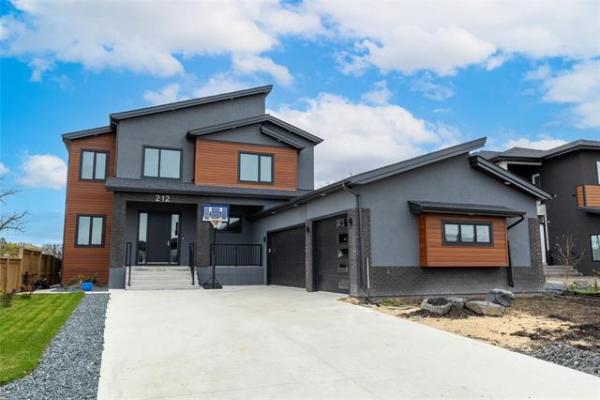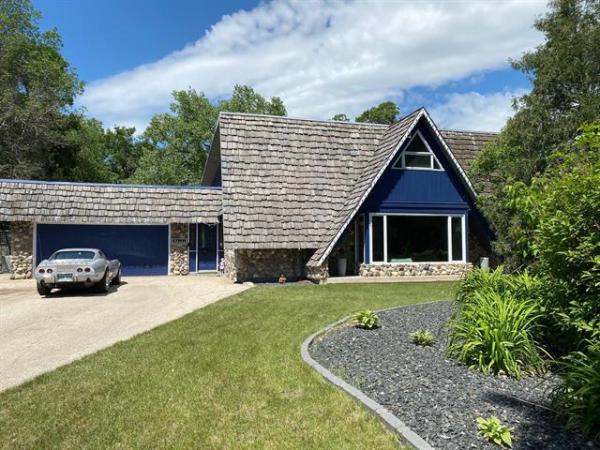Question: I live in a home built in Winnipeg seven years ago. I wish to make my garage a nicer space. I plan on completing the drywall in my attached garage. I really don’t ever plan on heating my garage, although I am running into conflicting information as to whether I should insulate it, or not. The garage is used to park two cars and storage. I plan on living here for quite some time. I wish to do this right the first time. Should I insulate and vapor barrier before drywall?
Look forward to your response, Waverley West Dave.
I have a question about my new garage. I live in Alberta and I just built a 26’ x 30’ detached garage. Do I have to insulate it right away or can I wait until next spring or summer? I do not have a heater in it yet. The walls and ceiling are not insulated yet, it's just a bare-bones structure at the moment. Can it sit like that over the winter?
If I could get answers to these questions, I would really appreciate it.
Thank you, Loraine.
Answer: Insulating and drywalling an unheated garage in our climate, whether attached or detached, is a matter of personal choice and preference. If your choice is to insulate, it must be done properly, in warmer weather if possible, and preferably at least a few seasons after construction to allow the building materials to dry.
Insulation in a garage in our frigid northern area is only critical if it is to be heated, even if only periodically. Leaving a garage with exposed sheathing and trusses on the inside will not create any lasting issues. You may experience some condensation and frost on the inside in very cold weather, but that should be manageable by increasing natural ventilation. If you are not going to add a heat source to your garage, there is not much benefit in adding thermal insulation. It may help hold in some of the temporary heat from a recently pulled in vehicle, but that will quickly abate. Even with an attached garage, some heat and warm air escaping the home, especially through the passage door, will not be retained very long.
Especially with attached garages, but also with detached structures, proper thermal insulation and 6MIL polyethylene sheathing should be installed on all walls prior to any drywall application. The ceiling is not as critical, as long as the attic space above is well ventilated. The reason for this recommendation is to prevent moisture damage caused by condensation in the wall cavity behind the drywall. If the cavity is not completely filled with insulation, and protected from air and water vapour intrusion by the poly sheathing, condensation is almost a certainty.
Drywall is a reasonable air barrier, but that property will mainly serve to prevent some moisture in the cavity from escaping. That can lead to moisture damage and mould growth. Drywall paper easily absorbs moisture and is an excellent growth medium for some types of toxic moulds. So, if there is some condensation or melted frost behind the drywall, it will run down to the bottom wall plate and wet the inside surface of the sheathing. If that does not quickly dry, the surface paper will get wet, providing ideal conditions for mould growth. With repeated wettings, the gypsum core may also be affected and the wall covering will crumble and fall apart. Filling the cavities completely, and then installing plastic sheathing on the inside, will minimize the amount of air that can infiltrate the area from the garage side, preventing condensation, frost, and moisture related issues.
If you don’t want to bother with insulating the garage, but want a more aesthetically pleasing interior, using a different type of wall covering makes sense. Because drywall easily absorbs water, whether it is from puddles on the floor, rain penetration, or from condensation, it is not ideal for use in garages. It is commonly used because of the low cost, easy application, naturally light colour, and ease of painting. The light colour will brighten up an otherwise dull garage space, and may provide a more pleasing interior without any additional work. Regardless, exterior rated sheathing is a much better alternative for the inside walls.
Using exterior plywood or OSB sheathing for the interior walls of your garage makes much more sense for two main reasons. First, both are quite moisture resistant, and will not deteriorate or grow mould unless directly sitting in water for extended periods of time. Because they are made with moisture-resistant adhesives, they can repeatedly become wet for short periods of time without rotting or delaminating. This is ideal for garages where melted snow and ice from vehicles is often present on the floor. The second reason for using wood-based sheathing is the durability. These types of rigid sheathing are very strong and can take quite a beating before the surface becomes damaged. This is in sharp contrast to drywall, which is very easy to puncture with an errant tool, wood plank, or boot. Once the surface of the wall covering is punctured, the air/vapour barrier behind is also compromised, increasing the chances of condensation and moisture issues in the wall cavity. Most wood-based sheathing can also be painted, often with a little more effort than drywall, so aesthetics and surface moisture resistance can also be improved by painting.
Your choice to insulate your garage, if you don’t plan to heat it, is completely discretionary. The interior of the walls may be covered with exterior wood-based sheathing without insulation, but if you choose to insulate, a proper job with complete 6MIL poly is very necessary to prevent condensation, mould growth and moisture damage.
Ari Marantz is the owner of Trained Eye Home Inspection Ltd. and a Registered Home Inspector (RHI)(cahpi.ca). Questions can be emailed to the address below. Ari can be reached at 204-291-5358 or check out his website at trainedeye.ca.
trainedeye@iname.com



